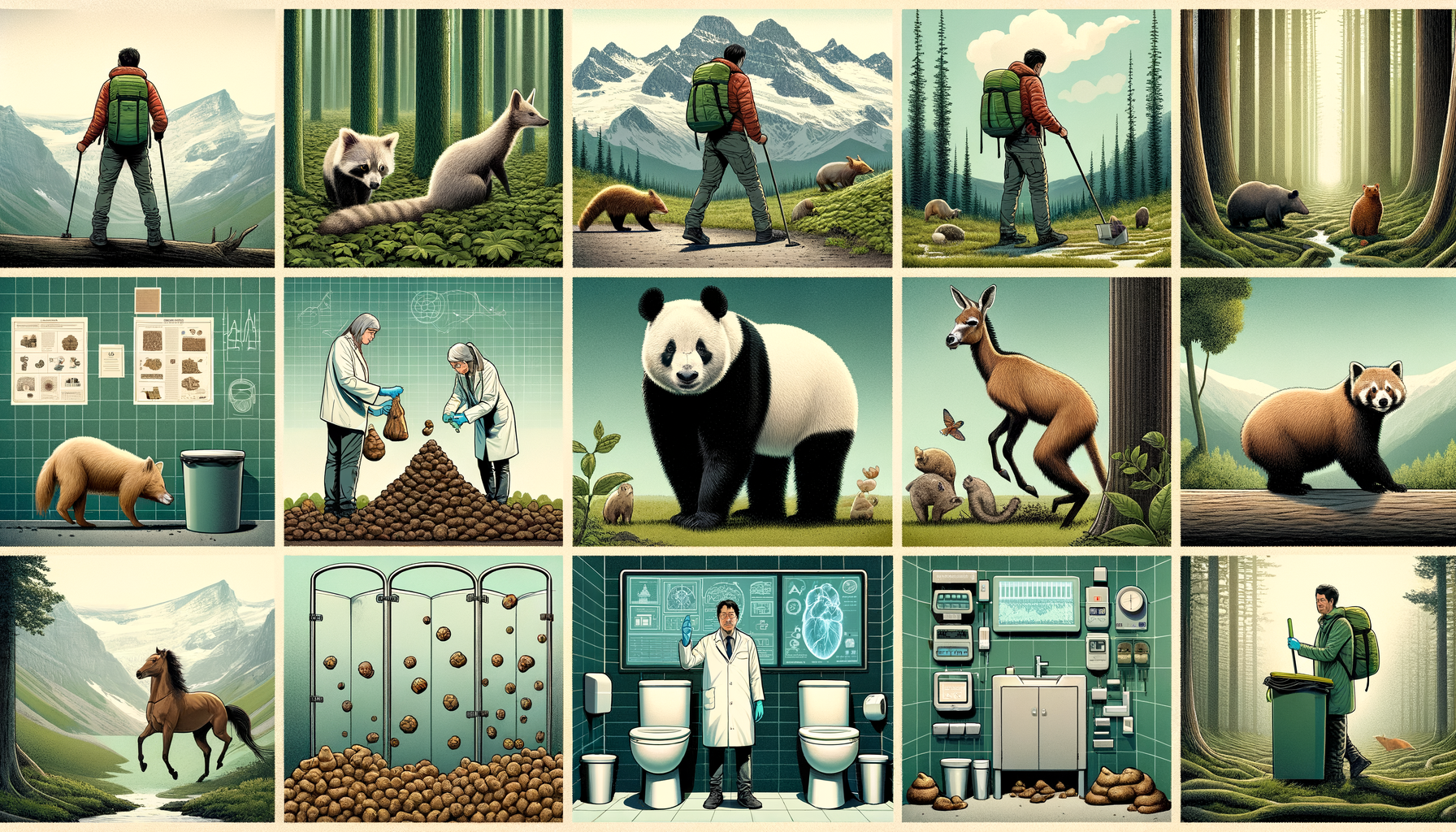Feces might not be anyone’s favorite topic, but take a closer look and they’re bursting with unexpected stories and solutions for our modern world. From creative environmental strategies to intriguing animal behaviors, poop is more fascinating than you’d think. Dive in and discover the surprising ways in which what we usually flush away is actually making waves worldwide.
The Unlikely Heroes of Environmental and Health Solutions
Some of the most creative solutions to environmental problems are born from unconventional thinking. Here’s a look at some innovative uses of waste:
- Canada’s Waste Management Approach: Canada has taken the bold step of supplying hikers with poop bags to mitigate the impact on their pristine mountain environments. This initiative not only keeps trails clean but also highlights the importance of individual responsibility in environmental conservation.
- Mussel Poop Combats Pollution: Researchers are investigating whether mussel feces can help reduce microplastic pollution in oceans. Mussels filter water to feed, and in the process, they might be trapping microplastics in their waste, providing a natural cleanup method for our seas.
- Preserving Gut Flora With Swiss Ingenuity: Swiss scientists are tackling future health challenges by storing fecal samples. This unusual approach aims to preserve diverse gut flora, potentially aiding in health treatments for future generations.
| Country | Initiative | Purpose |
|---|---|---|
| Canada | Distribution of poop bags to hikers | Environmental conservation of mountain trails |
| Switzerland | Storage of fecal samples | Preservation of diverse gut flora for future health solutions |
Uncommon Discoveries in the Animal Kingdom
Animals interact with their environment in remarkable ways, and their waste tells a deeper story:
- Why Wombats Poop Cubes: The cube-shaped feces of wombats have puzzled many. It turns out, their intestines exert uneven pressure on the digested material, crafting these distinct shapes that are thought to aid in territory marking and communication.
- Understanding Panda Preferences: Giant pandas occasionally smear themselves with horse manure. This habit is believed to provide warmth or protection against insects, illustrating the resourcefulness of these iconic creatures.
- Sloths’ Risky Bathroom Routine: Sloths undertake a perilous journey to the forest floor once a week to defecate. Despite the risks from predators, this behavior is essential for maintaining their unique ecological role in the rainforest.
Animal Adaptations and Their Roles
| Animal | Unique Behavior | Purpose |
|---|---|---|
| Wombat | Cube-shaped poop | Territory marking and communication |
| Giant Panda | Smearing horse manure | Temperature regulation and insect deterrence |
| Sloth | Weekly descent to defecate | Ecological contribution to soil |
Human Behaviors and the Quest for Knowledge
The way humans manage and perceive waste has profound implications for health, etiquette, and even science:
- Toilet Technology Transformation: Human waste habits have evolved dramatically from ancient times to the present day. We’ve transitioned from communal latrines to private restrooms equipped with Wi-Fi, illustrating our continuous pursuit of convenience.
- Public Restroom Anxiety: The shift back to office environments has rekindled the apprehension about using workplace restrooms. This anxiety is often worsened by the lack of privacy and the stigma attached to bodily functions.
- Coffee and Cigarettes Digestive Connection: Combining coffee consumption with cigarette smoking is notorious for prompting bowel movements. This response is linked to the stimulant effects of caffeine and nicotine on the digestive system, though often joked about, it remains a striking example of bodily responses to habit.
Environmental and Social Impacts
- Meat Consumption and Marine Ecosystems: Human waste rich in animal protein can disrupt marine ecosystems due to excessive nitrogen. This highlights the broader ecological impact of dietary choices that extend beyond land to marine life.
- Microplastics in Baby Feces: Young children have been found to possess feces with significantly more microplastics compared to adults, raising awareness about the potential long-term risks of microplastic exposure during critical developmental stages.
From groundbreaking scientific inquiries to the everyday habits that define us as humans, the stories surrounding poop reveal an intriguing aspect of our world. It’s a reminder that what seems trivial can have significant implications, offering insight into the delicate balance between nature and human innovation.

